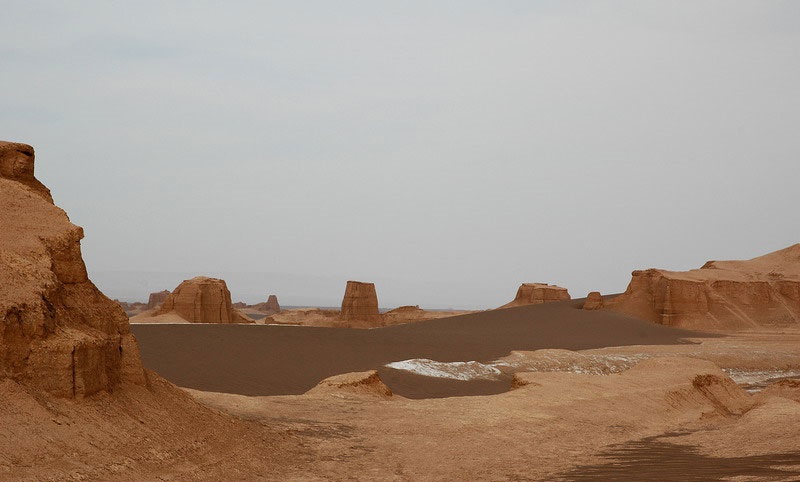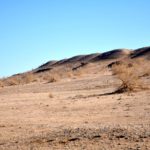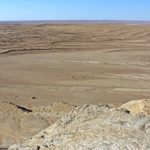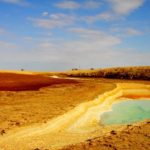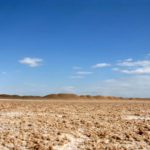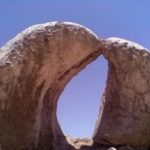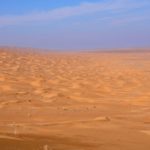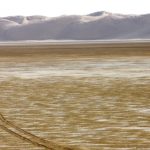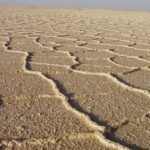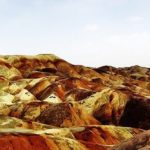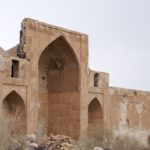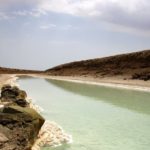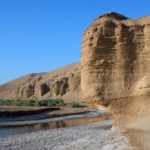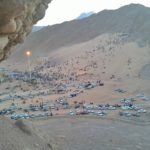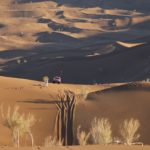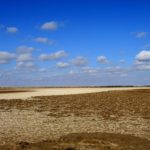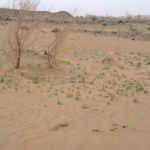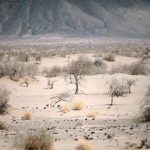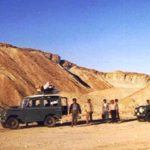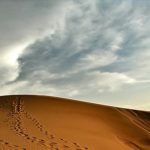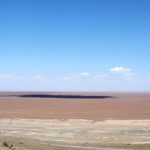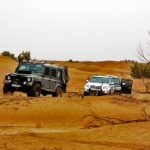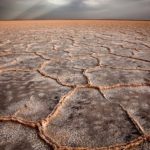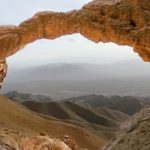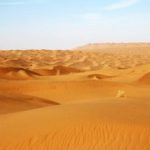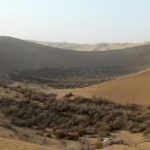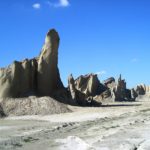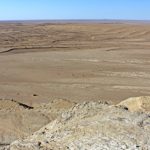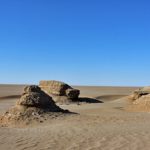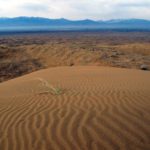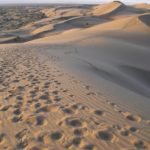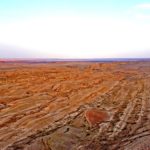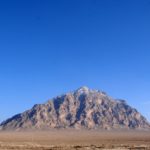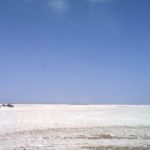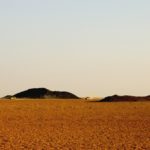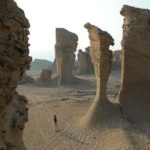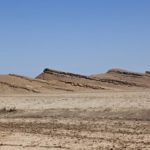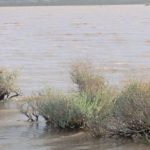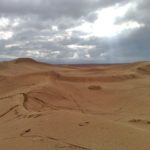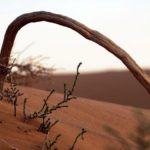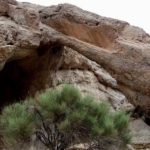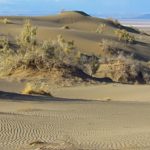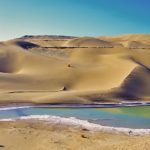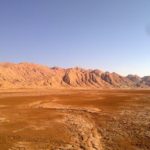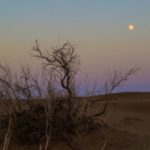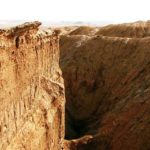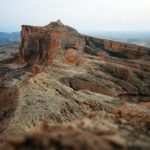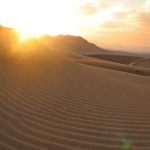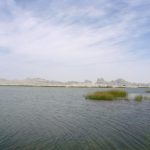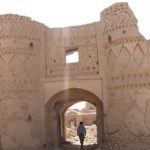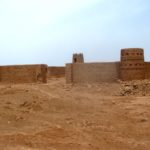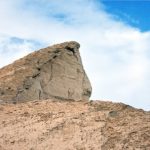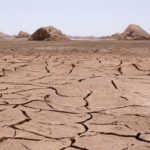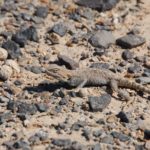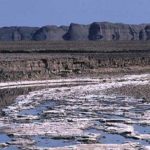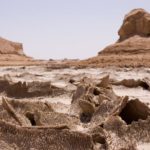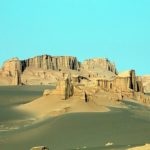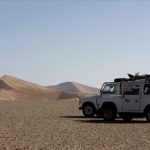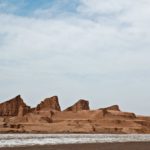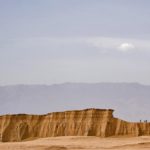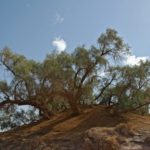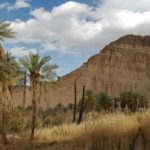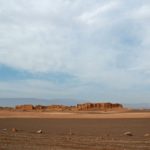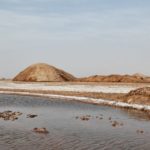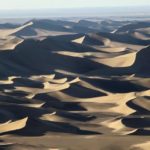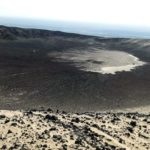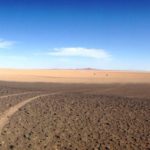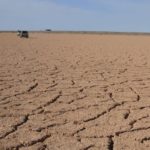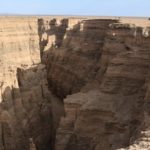Our information is very scarce before us in the history of Iran. Archaeological excavations for the fifth, fourth, and third millennia BC include western parts of Iran. Khorasan, Yazd, Kerman, and Baluchistan are white on the maps and only Tel-Iblis has been studied in southern Kerman. The prehistoric civilization works have been found in Silk and Hill Fence and Torang Hill and Zian Hill but no exploration has been carried out in Kerman and Baluchistan. Have been different in terms of prehistoric life style on the Iranian plateau, and although the effects of different hypotheses on life style have been History has been in the Iranian plateau before, and although valid prehistoric works have been found in Sistan and around Bampur as long as civilization was not studied in its place and continuity at the time it was studied, it did not reach sufficient conclusions.
Read More ...
The arrival of the Medes and the Persians have taken the Iranian bluff. The Aryan civilization routes have been known as the Iranian bluff from the northwest (west of Lake Rezaieh) and southwest (the Khuzestan plains) and are doubtful of a possible route from the Gorgan area to Bakhla. All of these hypotheses originate from a lack of sufficient exploration and incorrect conclusions, and, if in certain areas, One should see the similarities between the works of civilization. The Silk of Kashan or the hill of Damghan or the Torang hill of Gorgan never have a proper geography in terms of attracting and concentrating the population. More complete in eastern parts of Iran.
The margins of the Lut Plain are very interesting in terms of archaeological excavations of areas because of the natural effects of algebra that restrict residential areas. The spread of northern civilization (Khorasan and Turkestan) to the southern seas or vice versa should be through central Lut desert. Dissemination of western Iranian civilization from Hellenes and Khuzestan to the east (if the hypothesis is correct) should still pass through the margins of the Lut Desert, and therefore, before the start of this research trip, there was full hope around the Lut Plain. Situated between the Central Basin and the surrounding mountains with the effects of a famous civilization. In the south of the city of Shahdad, while exploring the desert lands and finding Clout’s traces, we reached individual Clout hills. The Clout lands, which are a saline lake formation and alluvial material on the surface of the earth, have been rifted through long winds and gaps. Inside these crevices were found clay and bronze objects in the middle of the Clutter desert, originating from clay and bronze objects. There was no extensive archaeological exploration on the site, but extensive exploration of the area revealed that the area had been excavated. The old residential building is several kilometers wide and because of the natural conditions of the area, a small community cannot Solve around must be assumed that the civilization of the old town and some healthy jug pottery depicting red pottery with geometric motifs and metal tools and container cup bronze and bronze respectively.
What was important about this discovery was that these artifacts were buried in the clay and salt bodies that made up Lut, the birth of the desert and Lut even in historical times, and perhaps the first human civilization to have been caused by land looting. The geographical location of the site and the healthy state of civilization have shown that the civilization has disappeared abruptly. Signs of water flowing along the Lut coast indicate very dangerous and sudden floods, despite low rainfall. The interior of the cloak is in the plains around the Moselas that once saw water flowing and a great deal of water flowing through the ducts. Severe water washings cause the land to sink and the desert to settle on the outskirts of the desert. It may have been completely destroyed and buried inside the cloak as a result of the huge floods of mud, salt and plaster. An example of this is today threatening the inhabitants of Lut, and the towns beside the rivers (such as Shahdad) collect the required water from the river by drilling underground channels and never directly using the river for irrigation. They say floods could destroy the city if the rivers flow directly out of the city.
The same situation exists in the village of Kashat 22, south of Shahdad, and at the top of the town, there is another bass bush that has many civilizations underneath it. At the foot of one of the hills of Lut today more than 100 kilometers from any residential site, the remains of the old pottery were recovered, which, as time passed by the strong winds of the Lut winds penetrated into the pottery and rocked the pottery. In the center of the Low Plains in the north of the hole known as Zangi Ahmed where there is no trace of water and life That it remains at the foot of broken pottery and stained glass there was no such opportunity was not taken probing there.
As we know in the south of Lot Plain there are some of these ruined buildings that nobody knows about their age or cause, but the local legends and anecdotes found in Muslim geographers support the idea that pre-Islamic population centers Great in the plain
Lot has existed and the legend of Lot City has become commonplace. In the old books and notes of travelers who have passed through the Lot of Plains, there is often talk of the ruined artworks of Lot City, each with a place and even on maps. Where they are from the city of Lut are hills and pillar-shaped towers that have been destroyed by wind erosion and are remotely resembled by storms, but the truth may be that Luti has existed and disappeared before and It has remained in the nomadic minds, and was later referred to as the city of Lot, to identify it wherever it was seen.
The archaeological research program in the Lut area should be pursued effectively. The purpose of this research is not to complete archaeological excavations contrary to the intended research program. This research should be pursued by numerous speculations to the extent possible. They get scientific results, and if they come across valuable archaeological sites, the Bureau of Archeology will request more extensive excavations. Due to the warm weather of the area and the variety of means of transport these excavations are conducted at special times of the year. And it is better to get permission or cooperation from the Antiquities Administration As soon as possible, the archeological team will leave for the area.

